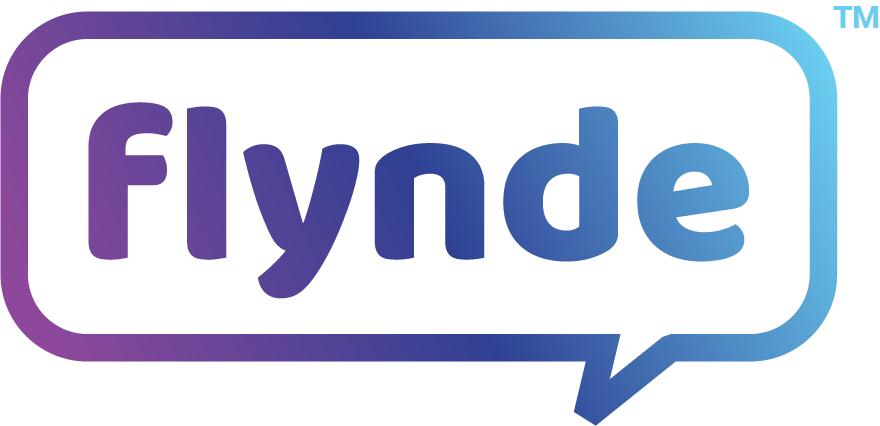Language: The Invisible Architect of Society
Language is more than just a tool for communication; it is the invisible architect of human civilization. It shapes our worldviews, molds our identities, and acts as the glue that binds societies together. Throughout history, language has been instrumental in preserving traditions, fostering communities, and driving societal change.
Whether conveyed through speech, text, or digital means, it bridges the gaps of time and space, enabling the transfer of values and heritage from one generation to the next. Language does not merely communicate information; it carries emotion, intent, and cultural significance, influencing how messages are received and interpreted. In multilingual societies, language plays a crucial role in fostering inclusivity and mutual respect, making it an essential tool for social cohesion.
Yet, the power of language extends far beyond its literal meaning. The words we choose can influence thoughts, actions, and perceptions, making language a potent force in fields such as politics and marketing, where public opinion is often shaped. Strategic word choice can unify or divide, sway opinions, and drive societal change. In today's globalized world, mastering multiple languages is increasingly valued as a communication skill to broaden perspectives and enhance collaboration.
As Rana Foroohar highlights in her recent Financial Times article, language is a strategic tool that can significantly influence public perception. Foroohar examines how the Biden campaign's shift from "democracy" to "freedom" as a central theme was designed to resonate with a broader audience, illustrating how language can be adapted to unify diverse demographics. Similarly, in the financial sector, reframing polarizing terms like "ESG" into "responsible business" or "sustainable practices" can make these concepts more widely accepted. This emphasizes the importance of choosing language that aligns with the audience's values, fostering understanding and unity across different sectors.
Actionable Takeaways for Effective Communication
Organizations developing communication materials and strategies can harness the power of language to resonate more effectively with their audiences:
Align Language with Audience Values: Choose words that reflect the concerns and priorities of your target audience to build trust and establish a deeper connection.
Reframe Concepts for Broader Appeal: Consider how different demographics might perceive specific terms and adjust your language to make your message more inclusive.
Focus on Emotional Resonance: Craft language that conveys information and evokes the desired emotions and intent, ensuring your messages are compelling and relatable.
Promote Inclusivity and Unity: In diverse or multilingual settings, select language that bridges cultural divides and fosters mutual respect and understanding.
Be Conscious of Cultural Context: Understand the cultural implications of your word choices to ensure your messaging is sensitive, appropriate, and impactful across different cultural contexts.
By thoughtfully selecting and framing language, organizations can create communication strategies that inform, inspire, unify, and drive positive change.
About the Author
Colin Drysdale is the Chief Strategy Officer with Flynde, a global company specializing in translation solutions for businesses of all sizes.
Discover the best-in-class translation solutions for your business. Trusted & certified for all languages with locations in Singapore, Switzerland & the USA. Flynde takes human translation strategies and uses advanced technologies to deliver them to our customers across our three business lines: Flynde for startups, Flynde for small businesses, and Flynde for corporations.
For more information, contact us at hello@flynde.com



